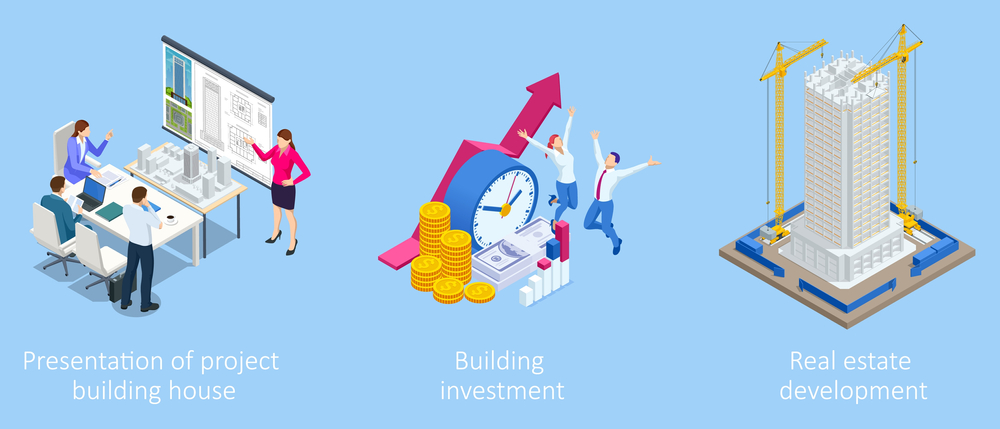The Role of Risk Management in Delivering Construction Projects
The Role of Risk Management in Delivering Successful Construction Projects

Role of Risk Management: Effective risk management is a vital component in delivering successful construction projects. With the inherent complexity and unpredictable nature of construction, projects are prone to numerous risks such as financial overruns, schedule delays, safety hazards, and more. By implementing a robust risk management strategy, construction project managers can minimize these risks, ensure timely delivery, and maintain project budgets.
What is Risk Management in Construction?
Risk management in construction involves the systematic identification, analysis, and mitigation of risks that could impact project objectives. It is a proactive process that helps project managers anticipate potential challenges, assess their impact, and take preventive measures. This allows for the efficient allocation of resources and reduces the likelihood of costly delays or safety incidents.
Key Components of Risk Management
1. Risk Identification
The first step in risk management is identifying all possible risks associated with the project. These can include financial risks, legal and contractual risks, environmental risks, and operational risks. It is essential to engage all stakeholders—including contractors, engineers, and clients—in this process to gain a comprehensive understanding of potential risk areas.
2. Risk Assessment
Once risks are identified, the next step is assessing their potential impact. This involves evaluating the likelihood of each risk occurring and the severity of its consequences. Risks can be categorized based on their impact on cost, time, and quality. This helps in prioritizing which risks require immediate attention.
3. Risk Mitigation Strategies
Developing mitigation strategies is the core of risk management. For each identified risk, a response plan should be created to either eliminate, reduce, or transfer the risk. For instance:
- Financial risks can be mitigated by detailed cost forecasting and budget monitoring.
- Schedule risks can be managed by setting realistic deadlines and implementing effective project management software to track progress.
- Safety risks are reduced through rigorous safety protocols, worker training, and regular site inspections.
The Importance of Risk Management in Construction Projects
1. Ensuring Project Success
Construction projects are often susceptible to unexpected delays and disruptions, which can lead to financial losses and strained relationships with clients. A well-defined risk management plan ensures that projects stay on track by anticipating potential issues and mitigating their effects before they escalate.
2. Cost Control
Unforeseen risks can significantly increase project costs, whether through delays, material price hikes, or rework due to design errors. By identifying and addressing risks early, project managers can prevent cost overruns and maintain financial control over the project.
3. Enhancing Safety
Construction sites are often hazardous, and safety risks can result in severe accidents, legal penalties, and project shutdowns. A comprehensive risk management strategy emphasizes safety through preventive measures such as worker training, equipment checks, and adherence to regulatory standards.
Tools and Techniques for Effective Risk Management
1. Risk Registers
A risk register is a vital tool used to document and monitor risks throughout the project lifecycle. It records each risk, its probability, potential impact, and the mitigation plan, ensuring that no risk is overlooked.
2. Risk Workshops
Conducting risk workshops with stakeholders can provide valuable insights into potential risks. These workshops foster collaboration and enable the project team to develop a shared understanding of risks and their mitigation.

3. Project Management Software
Modern project management software is equipped with risk management modules that allow project managers to track risks, assign mitigation tasks, and monitor progress. These tools can also provide real-time data analytics, helping managers make informed decisions.
Real-World Example: Risk Management in Action
An example of risk management in a large-scale construction project is the London 2012 Olympic Stadium. With tight deadlines and immense public scrutiny, the project required meticulous risk management. The project team implemented a comprehensive risk management plan, which included regular risk assessments, contingency planning, and stakeholder collaboration. As a result, the project was completed on time, within budget, and without major safety incidents, showcasing the effectiveness of proactive risk management.
Conclusion
The role of risk management in construction is essential to delivering successful projects. By identifying, assessing, and mitigating risks, project managers can minimize disruptions, control costs, ensure safety, and meet project deadlines. As construction projects continue to grow in complexity, the importance of a robust risk management strategy cannot be overstated.
For more expert guidance on managing risks in construction, feel free to contact us here.
External Resources for Legal Guidance
Role of Risk Management
Read more related articles to enhance your knowledge and make informed decisions
10 Essential Steps in the Building Construction Process
How to Choose the Right Materials for Your Construction Project








